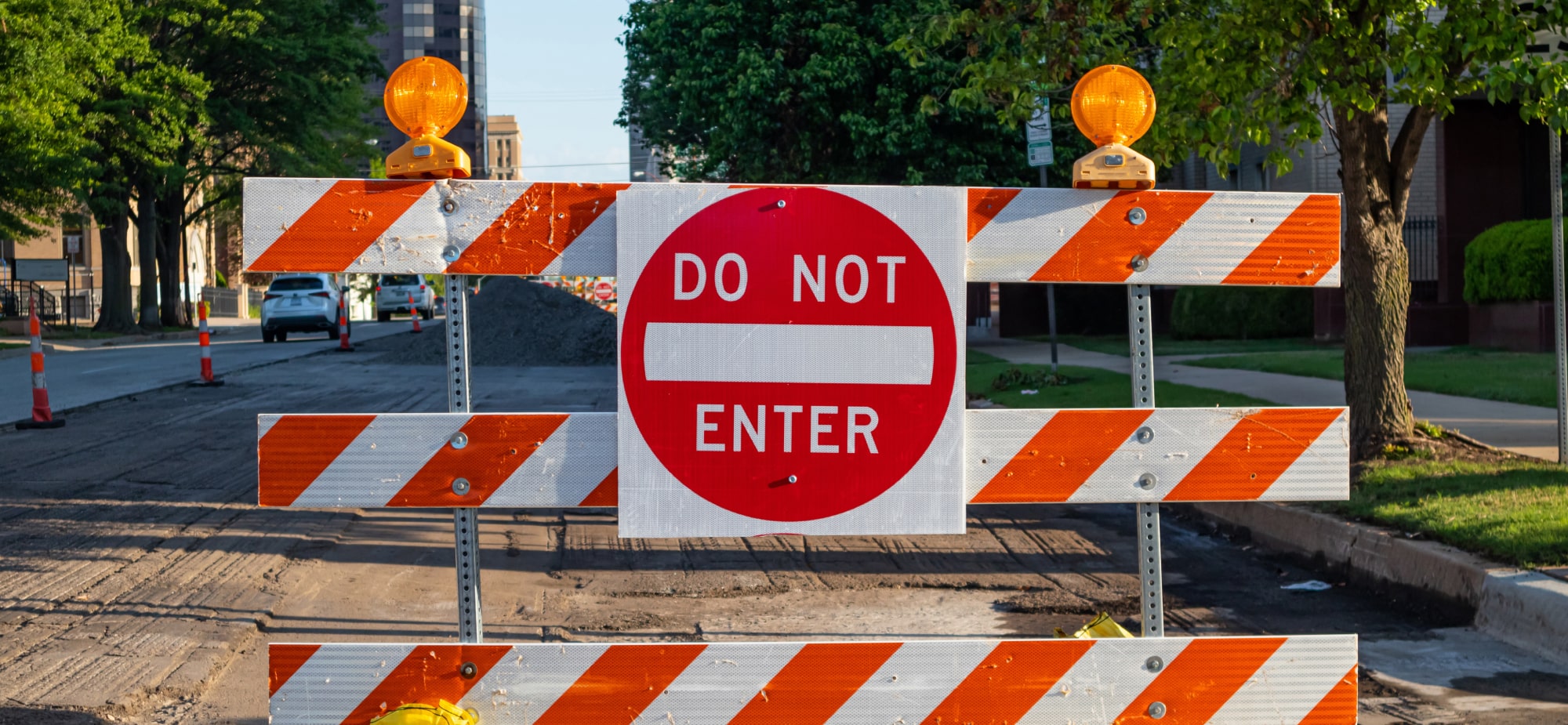“Going digital” is a phrase that we hear more and more in our ever-changing world. The classic vehicle dashboard with dials and gauges is being replaced with touch screens just as the mechanical dials that used to be on your oven or washing machine have been replaced with soft touch buttons.
But what does "going digital" in a commercial setting entail, apart from the concrete examples of "sleek & elegant" consumer goods mentioned above? What does "digital" look like for conventional field tickets closer to home? Are there advantages to maintaining the status quo? Of avoiding the 'digital bandwagon'? Alternatively, what are the costs of not embracing digital?
Maybe "digital" is the wrong term to use first. Let’s replace the word "digital" with "electronic" to make things clearer, like in “electronic field tickets”.
With thousands of users, hundreds of meetings, and dozens upon dozens of onboardings, we've come to identify some of the biggest costs of not using electronic tickets. These points help companies like yours realize the value in making the switch. The reasons for moving to an electronic field ticket system are as varied as the companies who use tickets (and that could be a whole separate topic altogether). In fact, some companies call field tickets “LEMs”, short for Labor, Equipment, and Material. But we’ll do our best to summarize the top reasons why companies make the switch to an electronic platform.
Some of the most common issues that companies face when relying on paper or manual processes are:
1. Lost, messy, or incomplete paper tickets:
The good old duplicate or triple paper ticket method served the industry well for a long time, but we now have the tools and technology to come up with a better solution. With electronic tickets, there is no longer a chance that tickets will be dropped on the floor, lost under the seat, or coated in mud, snow, or ketchup. No more tickets with incorrect codes, partial entries, or unreadable writing. Getting paid the correct amount, sooner, and with fewer disagreements is frequently the outcome of fixing legacy difficulties.
2. Dispatch:
Electronic dispatching of your crew and equipment saves time and money; both of which can better be utilized to generate revenue for your business. Many companies are tired of the standard dispatch whiteboard or overwhelming spreadsheets.
3. Reporting Speed & Accessibility:
You can’t run reports from a physical stack of paper on a desk (or vehicle seat). Why make it so challenging? Consider becoming electronic and storing all the data in a system that is prepared for real-time download, analysis, and reporting.
4. Data Integrity:
No more sloppy printing or notes and comments on the backs of tickets (personally I have the handwriting of a Doctor without the PhD, so I know this pain first-hand). With Aimsio, you can be confident that you have all the necessary data and standardized information collected for use in the future thanks to straightforward controls & intuitive options. Plus, the cost of sloppy handwriting can cost you thousands of dollars. For example, a “7” can look like a “1” which could mean billing your customer back $10,000 instead of $70,000. That would mean a loss of $60,000 that could have been preventable with an electronic system.
5. Frustration via administration:
According to client experiences, spills and mistakes are frequently only cleaned up after a large amount of administrative work in paper-based or clunky systems. This frequently takes the shape of calls, emails, texts, searches, transcriptions, the issuing of authorizations, signoffs, change orders, etc. Your staff probably has more important things to do than make eight calls to three separate departments to determine the correct P.O number for a job that a field worker neglected to submit so you can bill time to it.
It's about evolution, not revolution
The world is not going to stop changing, and mobile data capture (via our app), paired with our robust web platform, will ensure your business changes in step. Change not for the sake of change, but to ensure you aren't left behind as your competitors embrace the new. Digital signatures and stamps offer more than simply a practical means for your customers to accept your tickets. They ensure that what you bill corresponds to what was approved by automatically flowing through to your invoices.
In fact, many of your customers may already be requiring you to submit invoices digitally. And while an invoicing system is great for this purpose, if you’re still using paper tickets, you’re missing out on greater efficiency. Eventually, most, if not all of your customers will want to see not only digital invoices, but also digital tickets to back up your invoices. Don’t wait for that time to come, get ahead of it so you’re not rushed in choosing software and training your field crew on how to use it.
We are not returning to paper tickets, just as we are not returning to records or cassettes.
These are some of the most frequent costs that customers and businesses can avoid when thinking about implementing a paperless electronic ticket system. It is by no means an exhaustive list.
Undoubtedly, some of these have struck a chord with you. If so, let's talk; Aimsio is all about keeping things simple, and digitizing your tickets and workflows will help you to lower costs, relieve headaches, and let you focus on revenue-generating work vs. paper-pushing.
Book your demo with Aimsio today.







.png?width=150&name=aimsio-white-430x88%20(1).png)
Submit a Comment